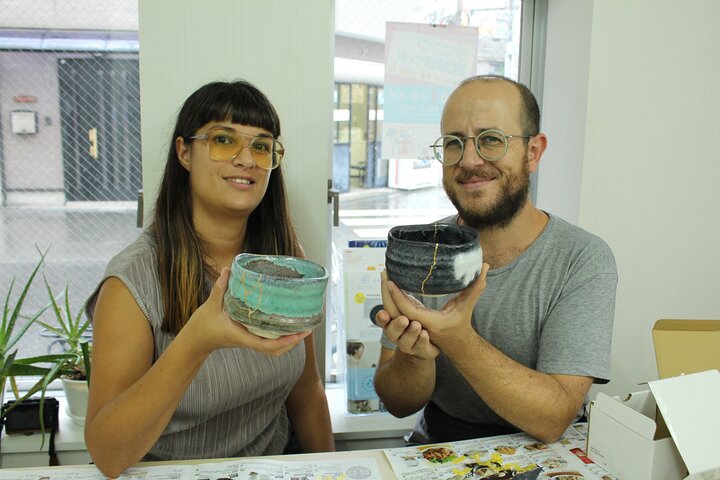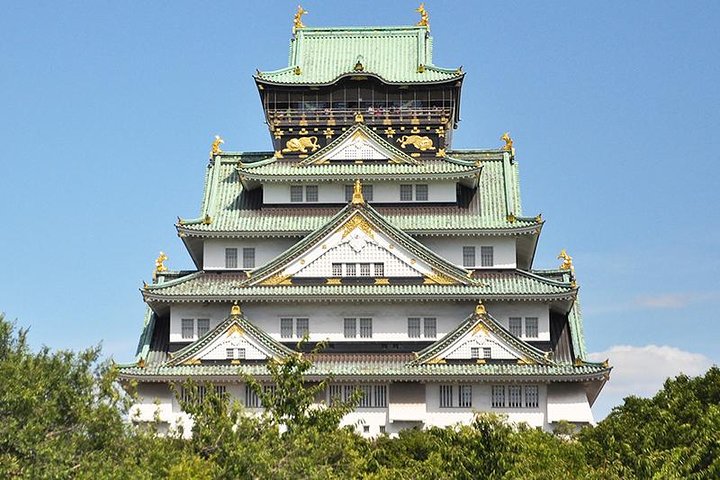Embracing Imperfection: My Journey into the Art of Kintsugi in Osaka
In search of a deeper connection to Japanese culture, I embarked on a journey to Osaka to explore the ancient art of Kintsugi. This workshop promised not just a lesson in craftsmanship but a profound experience in embracing imperfections.
Discovering the Art of Kintsugi
As I stepped into the quaint studio nestled in the heart of Osaka, I was immediately enveloped by a sense of calm and anticipation. The Kintsugi Workshop, led by a local artist, promised not just a lesson in art but a journey into the soul of Japanese culture. Kintsugi, the ancient art of repairing broken pottery with lacquer and gold, is a practice that resonates deeply with the Japanese philosophy of wabi-sabi, which finds beauty in imperfection.
The artist began by explaining the history and philosophy behind Kintsugi. It was fascinating to learn how this art form, which originated in the 15th century, has become a metaphor for embracing our flaws and imperfections. The artist’s passion was palpable as they described how Kintsugi is not just about mending broken objects but also about healing the spirit. This introduction set the tone for the hands-on experience that awaited us.
Embracing Imperfection
With a broken ceramic cup in hand, I felt a mix of excitement and trepidation. The artist guided us through the meticulous process of piecing the fragments together using lacquer and gold pigments. As I worked, I found myself reflecting on the symbolism of Kintsugi. Each crack and flaw in the ceramic became a testament to resilience and beauty.
The process was meditative, requiring patience and precision. As I carefully applied the lacquer, I was reminded of the importance of mindfulness in both art and life. The artist’s gentle encouragement and expertise made the experience both educational and deeply personal. It was a reminder that, like the ceramics we were repairing, we too can find strength and beauty in our imperfections.
A Taste of Tradition
After completing our Kintsugi pieces, we were treated to a delightful selection of Japanese pastries and tea. Served on plates and cups that had been beautifully restored through Kintsugi, the experience was a feast for the senses. The delicate flavors of the pastries complemented the rich, earthy taste of the tea, creating a moment of pure bliss.
As I sipped my tea, I marveled at the intricate gold lines that adorned the cup in my hand. It was a tangible reminder of the day’s lessons and the enduring beauty of Kintsugi. Leaving the workshop with my own repaired ceramic piece, I felt a profound sense of connection to Japanese culture and a renewed appreciation for the art of embracing imperfection.
The Kintsugi Workshop in Osaka was more than just an art class; it was a journey into the heart of Japanese tradition and a celebration of the beauty found in imperfection. I left with not only a piece of art but also a deeper understanding of the cultural philosophy that has shaped Japan for centuries. For anyone seeking a meaningful cultural experience, I highly recommend this workshop.














































